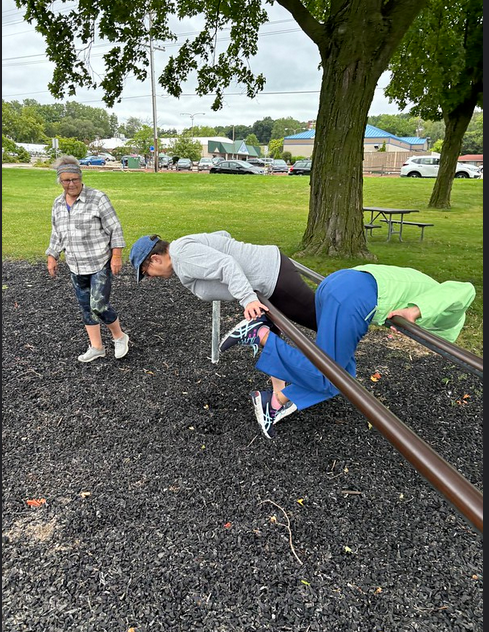The Context Of A Fall Matters
- Erin Eleu
- Jun 7
- 1 min read

In conversations about aging, we often treat falling as the worst possible outcome.
"Whatever you do, don’t fall."
"You might break a hip."
"Falls increase mortality risk."
But we rarely ask: What was the context of the fall?
Was it a random accident during a meaningful activity?
Was it a fall that reflects deeper issues like isolation, inactivity, or loss of purpose?
Consider these two scenarios:
Polly plays pickleball twice a week. She has friends, a routine, and a reason to move. One day, while diving for a shot, she steps on a stray ball and fractures a bone. She’s sidelined for a bit, but supported by her community and motivated by her love for the game, she commits to physical therapy and makes a strong comeback.
Frank lives alone. Since losing his wife, he has no community, no routine, and no regular movement practice. One night, he gets up, stumbles, and falls, fracturing his hip. He doesn’t have the strength, reaction time, or support system to recover quickly. This fall marks the beginning of a steep decline into further isolation and illness.
Both fell. Both were injured. But the context is everything.
Polly’s fall was unfortunate, but she was physically strong, socially connected, and motivated to recover.
Floyd’s fall was a symptom of something deeper, disconnection, inactivity, and loss of purpose.
Falls are a part of life. The question is:
🔹 Are we building the physical, social, and emotional resilience to get back up?
🔹 Are we supporting environments where people can move, connect, and engage in meaningful activities?
We must start looking at the bigger picture of falls.




Comments